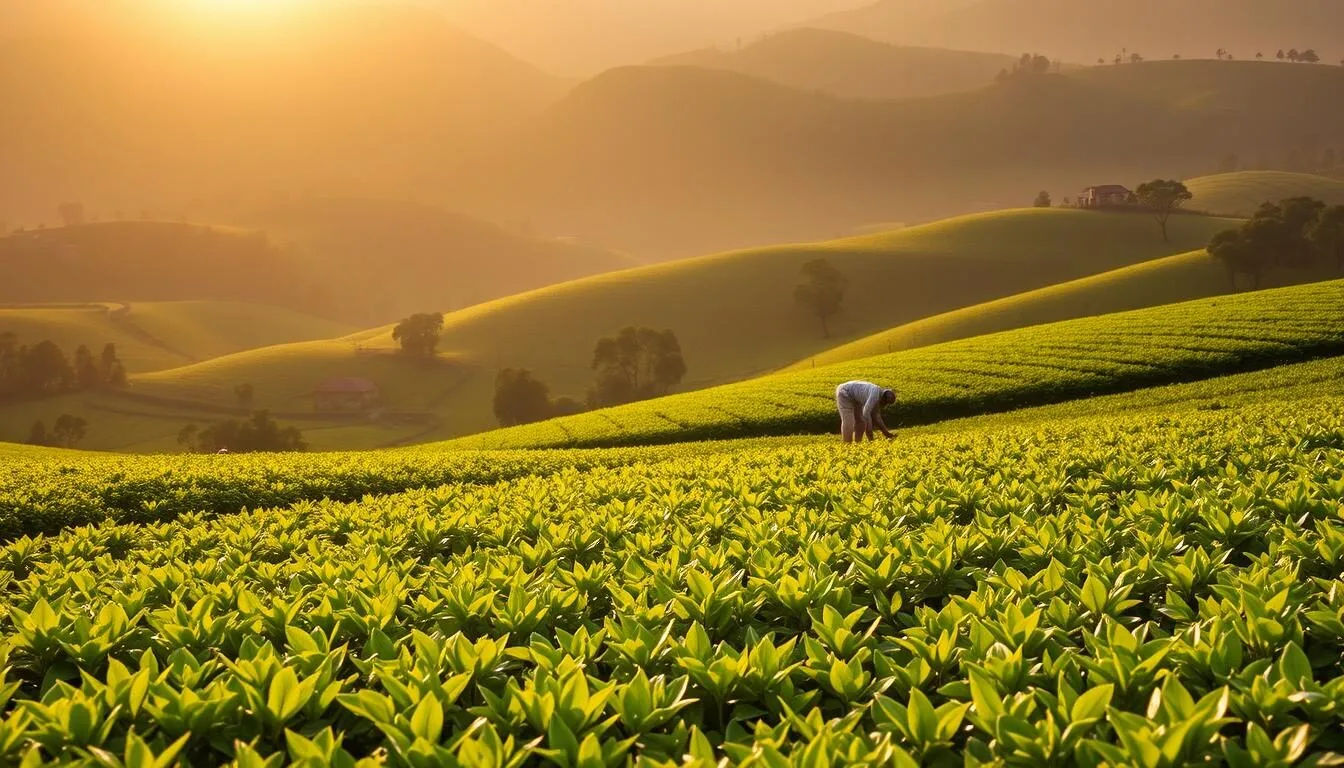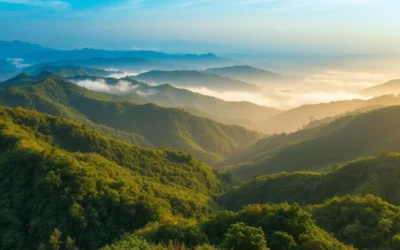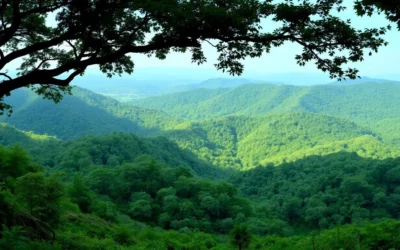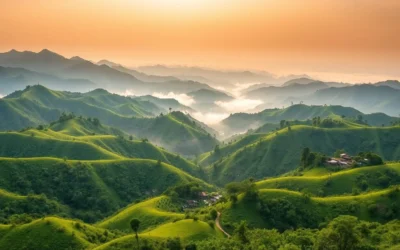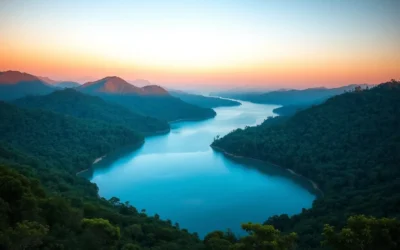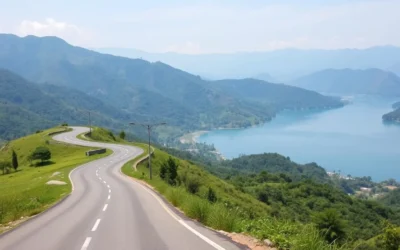✓ Accommodations ✓ Flights ✓ Rental Cars ✓ Tours & Activities
Nestled in the northeastern part of the country, a hidden gem awaits discovery. Known as the “Land of Tea,” this charming region boasts rolling hills covered with lush tea gardens, creating a picturesque landscape unlike anywhere else in the country.
As you explore this beautiful city, you’ll experience a perfect blend of nature, culture, and unique experiences. From the scenic tea estates to the sacred shrines that dot the landscape, every moment in this destination is a chance to immerse yourself in the local culture and beauty of the region.
Visitors can enjoy a range of activities, from exploring the nearby natural wonders to experiencing the local cuisine, making this place a must-visit for any traveler seeking an authentic adventure.
Discovering the Charm of Sylhet
Sylhet, a hidden gem in northeastern Bangladesh, is a treasure trove of natural beauty and cultural richness waiting to be explored. As you delve into this captivating region, you’ll discover a unique blend of history, nature, and culture that sets it apart from other destinations.
A Brief Introduction to Sylhet
Sylhet is a northeastern division of Bangladesh that stands out for its distinctive landscape of rolling hills and lush tea gardens. The region is characterized by its pristine rivers, which create a refreshing contrast to the flat terrain found in most of the country. With a rich history dating back centuries, Sylhet has been influenced by Sufi saints who brought Islam to the area in the 14th century, creating a unique cultural blend that’s still evident today.
The area is home to diverse ethnic communities, including Khasi and Manipuri people, who contribute to the rich culture of the region with their traditional practices, handicrafts, and festivals. Sylhet is often called the “Tea Capital of Bangladesh” because it produces the majority of the country’s tea, with estates established during the British colonial period that continue to thrive and attract visitors.
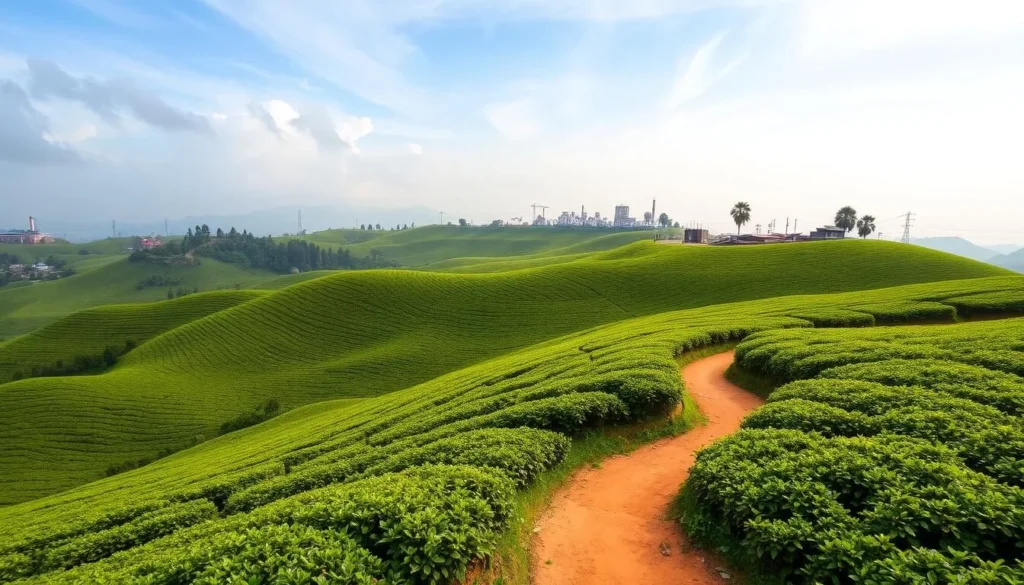
Why Sylhet Should Be on Your Bangladesh Itinerary
The natural beauty of Sylhet makes it an essential stop on any Bangladesh itinerary, offering a peaceful retreat from busy city life with its verdant landscapes and slower pace. Unlike other parts of Bangladesh, Sylhet has a distinctive dialect, cuisine, and cultural traditions that have been shaped by its geography and historical connections to neighboring regions.
As a destination, Sylhet serves as the perfect gateway to explore some of Bangladesh’s most stunning natural attractions, making it an ideal place for nature lovers and adventure seekers alike. Whether you’re looking to experience the local life, visit the gardens, or simply enjoy the scenic hills, Sylhet has something to offer every kind of traveler.
| Attractions | Description |
|---|---|
| Tea Gardens | Lush green tea estates that are a hallmark of Sylhet’s landscape |
| Rolling Hills | Scenic hills that offer breathtaking views and trekking opportunities |
| Pristine Rivers | Crystal-clear rivers that flow through the region, perfect for boat rides |
| Cultural Festivals | Vibrant festivals that showcase the rich cultural heritage of Sylhet |
Best Time to Visit Sylhet
Sylhet, with its lush tea gardens and rolling hills, is a destination that beckons travelers throughout the year, but timing your visit right is key. The region’s diverse attractions, from tea estates to waterfalls, offer a unique experience depending on the season.
Seasonal Weather Patterns
Sylhet’s climate varies significantly across different seasons, impacting the experience for visitors. The dry season, from November to February, is characterized by pleasant temperatures ranging from 10°C to 25°C, making it ideal for exploring the tea gardens and engaging in outdoor activities. During these months, the weather is perfect for travel and discovering the natural beauty of Sylhet.
The winter months, particularly December and January, offer misty mornings over the tea estates, creating magical photography opportunities as the sun rises over the hills. In contrast, the monsoon season from June to September brings heavy rainfall, transforming the region into a lush green paradise with flowing waterfalls and vibrant vegetation.

Peak and Off-Peak Tourist Seasons
Understanding the peak and off-peak tourist seasons can help you plan your trip to Sylhet effectively. The peak season, during the dry months, attracts more visitors due to the favorable weather conditions. If you prefer fewer crowds, consider visiting during the shoulder seasons of October and March, when the weather is still reasonable and there are fewer tourists.
- The best time to visit Sylhet is during the dry season from November to February.
- Winter months offer misty mornings over the tea estates, ideal for photography.
- The monsoon season transforms the region into a lush green paradise.
- October and March are excellent times to visit if you want to avoid crowds.
- Summer brings hot and humid conditions, but with lower hotel rates and less crowded attractions.
Different attractions in Sylhet have optimal visiting times. For instance, tea gardens are best experienced in the early morning when workers are plucking leaves, while waterfalls are most impressive during or just after the monsoon season when water levels are high. Planning your visit according to these times can enhance your overall experience in this beautiful place.
How to Get to Sylhet
You have several convenient ways to travel to Sylhet, depending on your starting location. Sylhet is a significant city in northeastern Bangladesh, known for its natural beauty and cultural heritage. The city is well-connected by various modes of transport, making it accessible for travelers from different parts of the country and the world.
Traveling from Dhaka to Sylhet
For those traveling from Dhaka, there are multiple transportation options available. You can choose from flights, trains, or buses, depending on your budget and time preferences.
- By Air: The quickest way to reach Sylhet from Dhaka is by taking a 45-minute flight from Hazrat Shahjalal International Airport to Osmani International Airport.
- By Train: Trains offer a scenic and comfortable journey. Services like Parabat Express, Joyantika Express, and Upaban Express make the 4-5 hour trip several times daily at affordable rates starting around 300 BDT.
- By Bus: Bus services are another economical option. Companies like Ena, Shyamoli, and Hanif operate air-conditioned coaches that make the 4-6 hour journey, depending on traffic and road conditions.
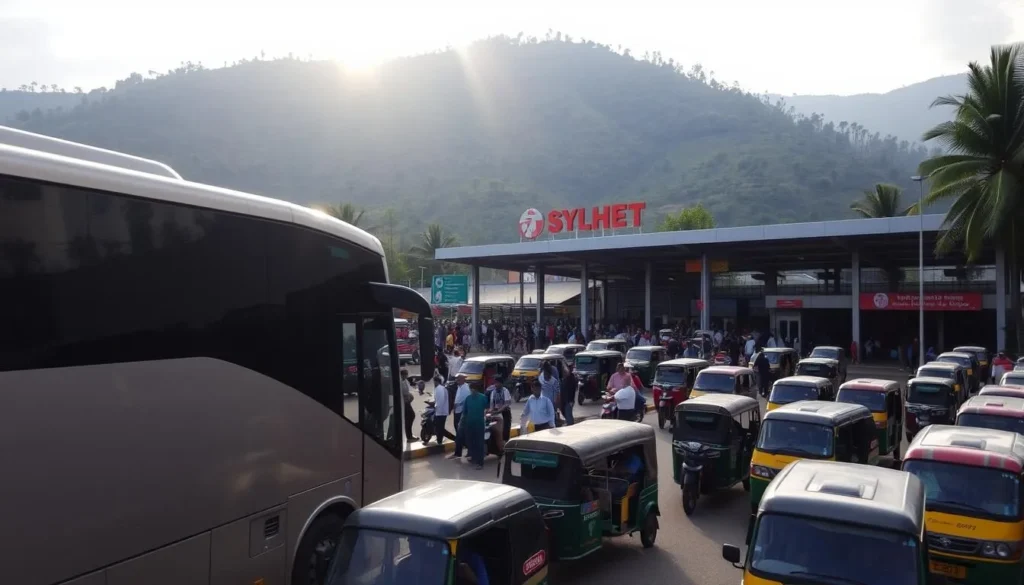
International Access Options
For international travelers, Sylhet is accessible through Osmani International Airport, which has limited international connections primarily to London and the Middle East. This caters to the large Sylheti diaspora living abroad.
- From India: You can also enter Sylhet from India through border crossing points near Tamabil-Dawki. After completing immigration formalities, you can take local transport to Sylhet city.
- Local Transport in Sylhet: Once you arrive, you can use CNG auto-rickshaws for short distances (costing between 30-80 BDT within the city), local buses for longer routes (10-30 BDT), or rent cars with drivers for day trips to nearby attractions.
- Airport Pickup Services: Many hotels in Sylhet offer airport pickup services, which can be a convenient option for first-time visitors unfamiliar with local transportation systems.
With these options, traveling to Sylhet is convenient, whether you’re coming from within Bangladesh or from abroad. Planning your trip according to your preferences will ensure a smooth and enjoyable journey to this beautiful city.
Exploring Sylhet’s Famous Tea Gardens
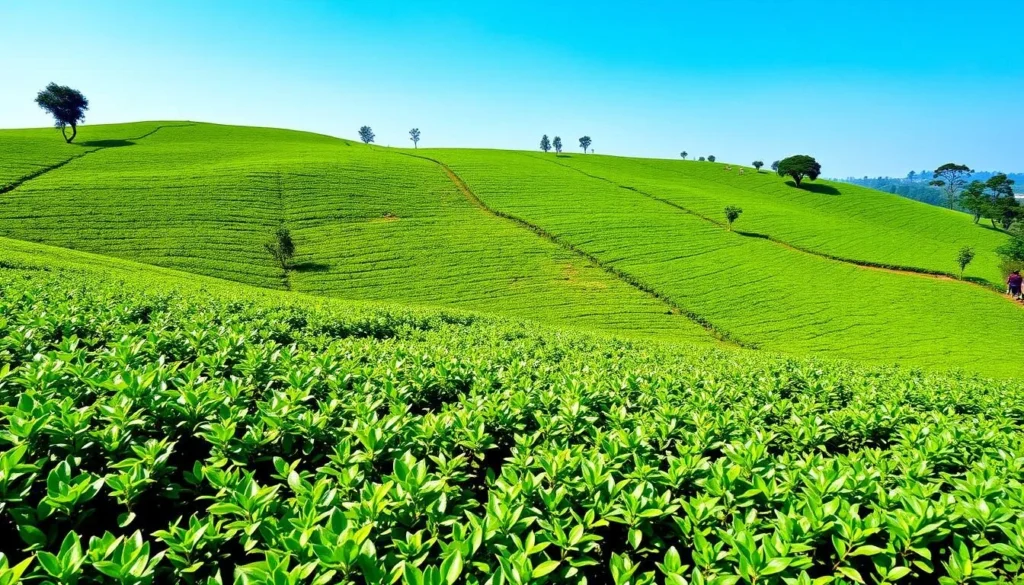
In the heart of Sylhet lies a treasure trove of tea gardens that are sure to captivate your senses. The region is home to some of the most picturesque tea gardens in the world, with emerald-green tea bushes arranged in neat rows across rolling hills. As you step into these gardens, you’ll be greeted by the serene beauty of the surroundings, making it a perfect destination for nature lovers and photography enthusiasts.
Sreemangal Tea Estates
Sreemangal is often referred to as the “Tea Capital of Bangladesh.” This beautiful place in the Sylhet Division is renowned for its green tea gardens, quiet lakes, and waterfalls. The area is a haven for various types of animals and birds, adding to its natural charm. As you explore the tea estates, you’ll witness the lush, green hills blanketed with neatly arranged rows of tea bushes, creating an almost surreal sight.
Tea Production Process and Tours
The tea production process is a fascinating experience that you can witness firsthand by taking a guided tour of the tea estates. Many of the tea estates, such as Finlay Tea Estate and Malnicherra Tea Estate, offer tours where you can observe the entire process, from leaf picking to processing and packaging. You’ll gain insights into how tea leaves are harvested, withered, rolled, fermented, dried, and sorted before being packaged for consumption around the world.
Experiencing the Seven-Layer Tea
While exploring the tea gardens, make sure to experience the unique Seven-Layer Tea, a specialty drink that originated in Sreemangal. This true work of art features seven distinct layers, each made of different tea blends. Each layer has its own unique taste, ranging from sweet to spicy and bitter, creating an exciting taste experience for your palate. Don’t miss the opportunity to taste this unique Sylheti specialty.
The best time to visit the tea gardens is early morning when you can watch tea pluckers at work and enjoy the misty atmosphere that often envelops the plantations. Many tea estates have colonial-era bungalows and rest houses where visitors can stay overnight, offering a unique accommodation experience surrounded by the tranquility of tea plantations. Beyond just tea, these estates are also biodiversity hotspots where you might spot various bird species, butterflies, and small mammals that thrive in the ecosystem created by the tea plantations.
Visit the Sacred Shrines of Sylhet
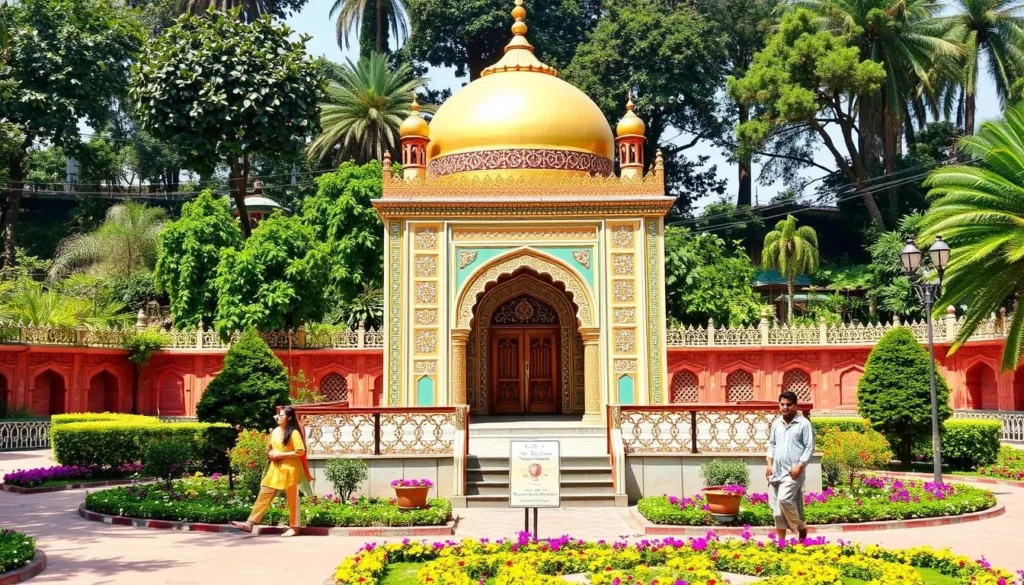
As you explore the spiritual heart of Sylhet, you’ll discover the revered shrines that have become an integral part of the city‘s identity. The Hazrat Shah Jalal Mazar Sharif and Shah Paran Mazar Sharif are two of the most significant spiritual sites in the area, attracting visitors from all over the world.
Hazrat Shah Jalal Mazar Sharif
The Hazrat Shah Jalal Mazar Sharif is one of Bangladesh’s most important Islamic pilgrimage sites, dedicated to the 14th-century Sufi saint who played a crucial role in spreading Islam throughout the region. This sacred shrine features beautiful architecture with intricate designs, peaceful courtyards, and a large prayer hall where visitors can observe devotees in prayer and experience the spiritual atmosphere that pervades the area.
The shrine is a significant place of worship, and visitors are expected to respect local customs by removing shoes before entering, dressing modestly, and maintaining a quiet, respectful demeanor throughout the sacred sites.
Shah Paran Mazar Sharif
Located nearby the Hazrat Shah Jalal shrine, the Shah Paran Mazar Sharif is the tomb of Shah Paran, Hazrat Shah Jalal’s nephew and spiritual successor. The serene environment and beautiful architectural elements provide a reflective space to understand local Islamic culture and history.
The path to the shrine is lined with lush greenery and small shops selling traditional sweets, prayer caps, and souvenirs, creating a cultural experience that goes beyond just visiting the religious sites themselves. The community here is friendly and welcoming, and the slower pace makes it a perfect stop for those looking to connect with Sylhet’s spiritual side in a more laid-back setting.
Both shrines are not just religious sites but also important historical landmarks that tell the story of how Islam came to Bangladesh and shaped the cultural identity of Sylhet over centuries. The area surrounding these shrines is filled with small tea shops and local eateries where pilgrims and tourists gather, offering an excellent opportunity to engage with locals and learn more about Sylheti culture and traditions.
Sylhet, Bangladesh: Best Things to Do – Top Picks for Nature Lovers
Nature lovers will find Sylhet to be a paradise, with its lush forests, serene water bodies, and vibrant wildlife. The region offers a diverse range of outdoor experiences that showcase its unique beauty and provide ample opportunities for adventure.
Ratargul Swamp Forest
Ratargul Swamp Forest is a unique ecosystem and Bangladesh’s only freshwater swamp forest. Visitors can take a boat ride through the mangroves, observing diverse wildlife in their natural habitat. The forest is home to various fish species, kingfishers, herons, and occasionally otters.
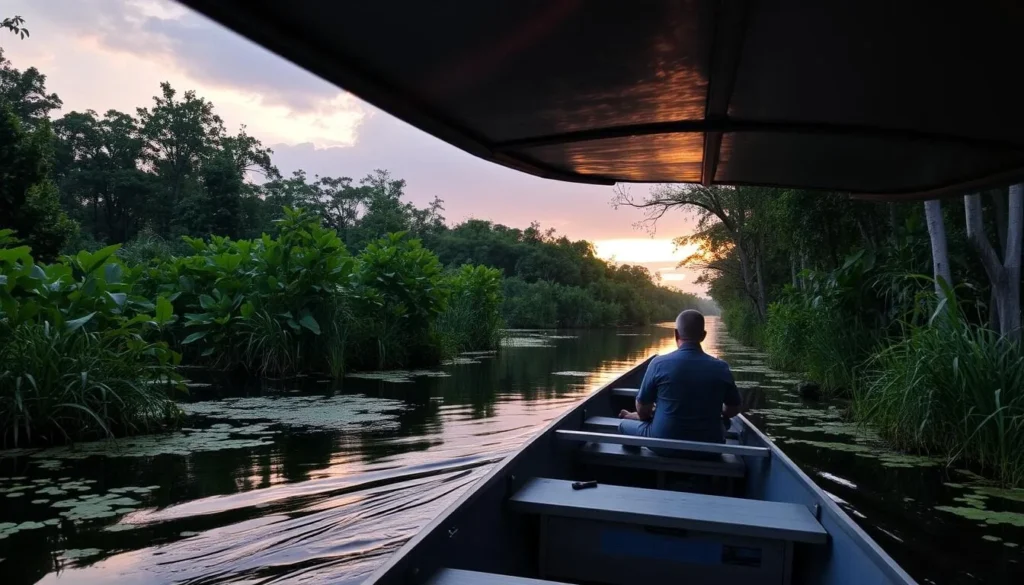
Lawachara National Park
Lawachara National Park is a biodiversity hotspot covering 1,250 hectares of semi-evergreen forest. The park is home to over 460 species of wildlife, including endangered hoolock gibbons and slow loris. Visitors can trek through the well-maintained trails, immersing themselves in the lush forest environment and enjoying the serene water bodies.
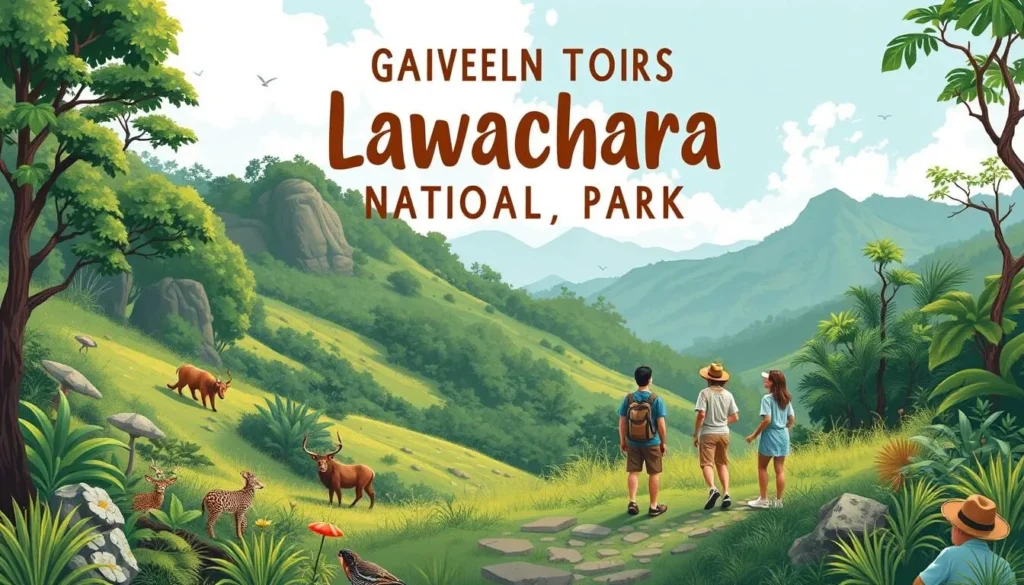
Baikka Beel Wetland Sanctuary
Baikka Beel Wetland Sanctuary is a haven for bird watchers, especially during the winter months when thousands of migratory birds arrive. The sanctuary features observation towers, providing excellent vantage points for wildlife photography and bird watching. Visitors can enjoy the serene water and lush surroundings, making it an ideal place for nature enthusiasts.
All three natural attractions showcase different ecosystems within the Sylhet region, from swamp forests to tropical rainforests to wetlands. Guided tours are available at each location, providing visitors with a deeper understanding of the region’s natural beauty and the importance of conservation efforts.
Chasing Waterfalls in Sylhet
Waterfalls are a key part of Sylhet’s charm, offering a mix of adventure and natural beauty. The region is home to some of Bangladesh’s most spectacular waterfalls, with cascading waters cutting through lush green forests and creating breathtaking natural displays that reward adventurous travelers.
Hum Hum Waterfall
One of the region’s more hidden gems is the Hum Hum Waterfall, located about 66 km from Baikka Beel Wetland Sanctuary. Known as one of the tallest waterfalls in Bangladesh, Hum Hum is a majestic sight, with water cascading down from great heights into a pool below. The trek to Hum Hum Waterfall is an adventure in itself, taking you through thick forests, across small streams, and over some rocky paths.
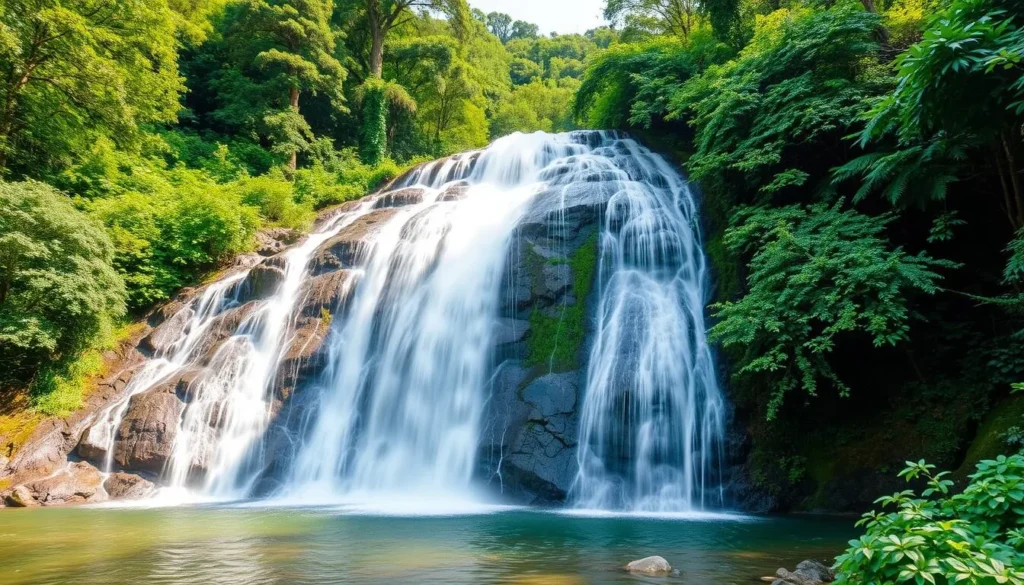
Madhabkunda Waterfall
If you’re still craving more waterfall experiences, head to Madhabkunda Waterfall. Standing at an impressive 67 meters tall, Madhabkunda is easily accessible and features a powerful cascade of water that creates a misty environment and rainbow effects on sunny days. The surrounding area is perfect for picnicking and leisure walks, making it a great place for families and those who prefer more comfortable nature experiences.
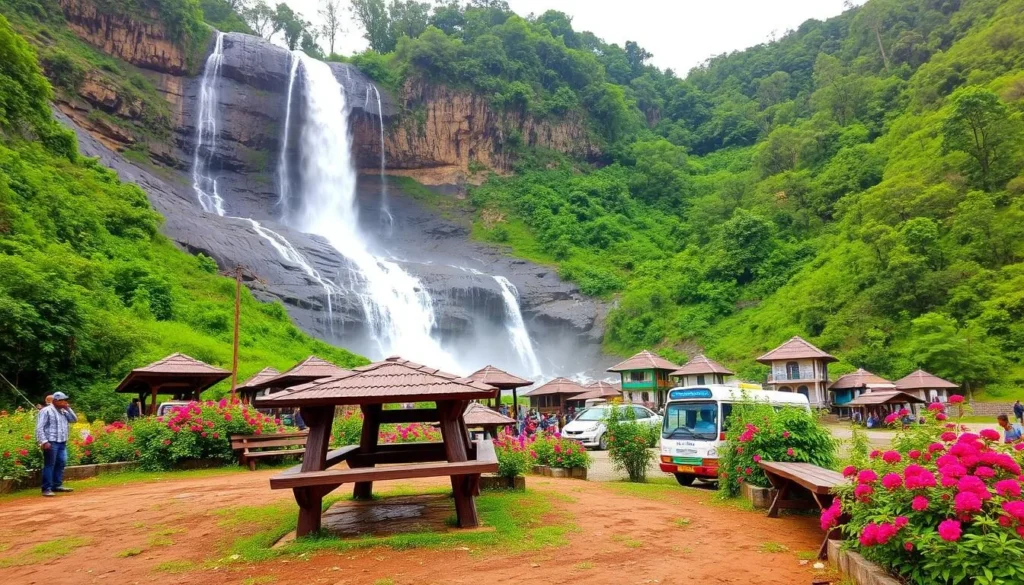
Tips for Waterfall Trekking in Sylhet
When trekking to waterfalls in Sylhet, it’s essential to wear proper footwear with good grip, carry sufficient water, use insect repellent, and consider hiring a local guide who knows the safest routes and can enhance your experience with local knowledge. The best time to visit these waterfalls is during or just after the monsoon season (July-October) when water flow is at its peak.
For visitors who are photography enthusiasts, early morning visits offer the best lighting conditions and fewer crowds, allowing for stunning shots of these natural wonders in their most serene state amidst the beauty of nature and the surrounding hills.
Day Trips from Sylhet City
Day trips from Sylhet city offer a chance to explore the region’s diverse landscapes and cultural heritage. With several exciting destinations within easy reach, you can experience the best of northeastern Bangladesh.
Jaflong: Crystal Clear Waters and Stone Collection
Jaflong is a breathtaking border area located about 60 km from Sylhet city. The crystal-clear Dawki River flows from the Meghalaya hills of India into Bangladesh, creating a stunning landscape of water, stones, and mountains. You can enjoy boat rides on the river and observe the local stone collection industry.
The area is famous for its stone collection industry, where local workers gather stones from the riverbed using traditional methods. This fascinating cultural practice can be observed from the riverbanks or during boat rides.
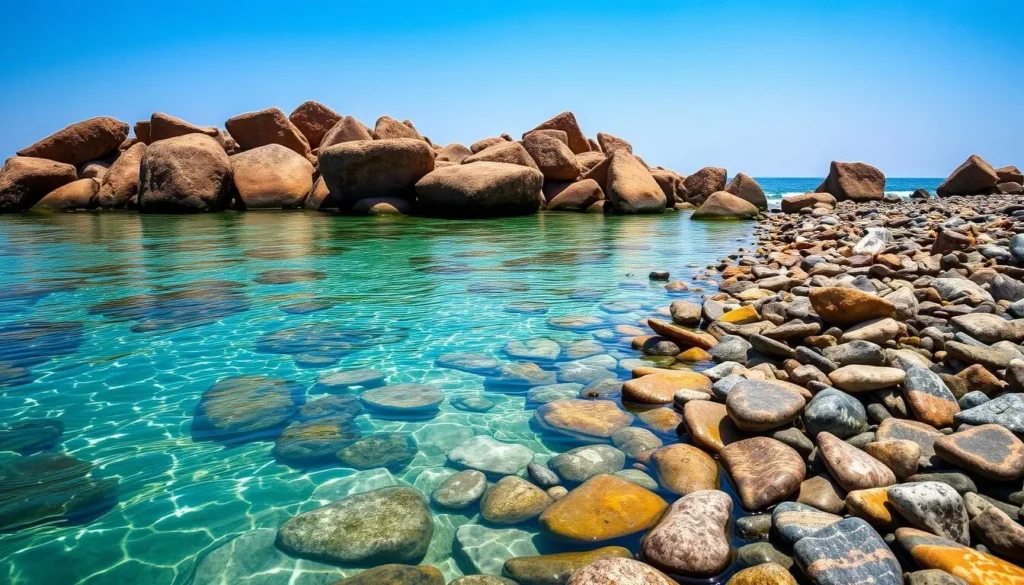
Bisnakandi: Where Bangladesh Meets India
Bisnakandi offers one of the most unique geographical experiences in Bangladesh as a zero-point border area. You can see the dramatic meeting point of Bangladesh and India, with the striking contrast between the flat Bangladeshi plains and the towering Khasi-Jaintia hills of India.
The beauty of Bisnakandi lies in its pristine blue waters, massive boulders, and the panoramic view of hills that create a fjord-like landscape.
Sreemangal: The Tea Capital of Bangladesh
Sreemangal, known as the “Tea Capital of Bangladesh,” is perfect for a day trip. You can visit numerous tea estates, watch tea plucking in action, and learn about the production process.
Beyond tea, Sreemangal offers attractions like Lawachara National Park, Madhabpur Lake, and local markets where you can purchase high-quality tea directly from producers.
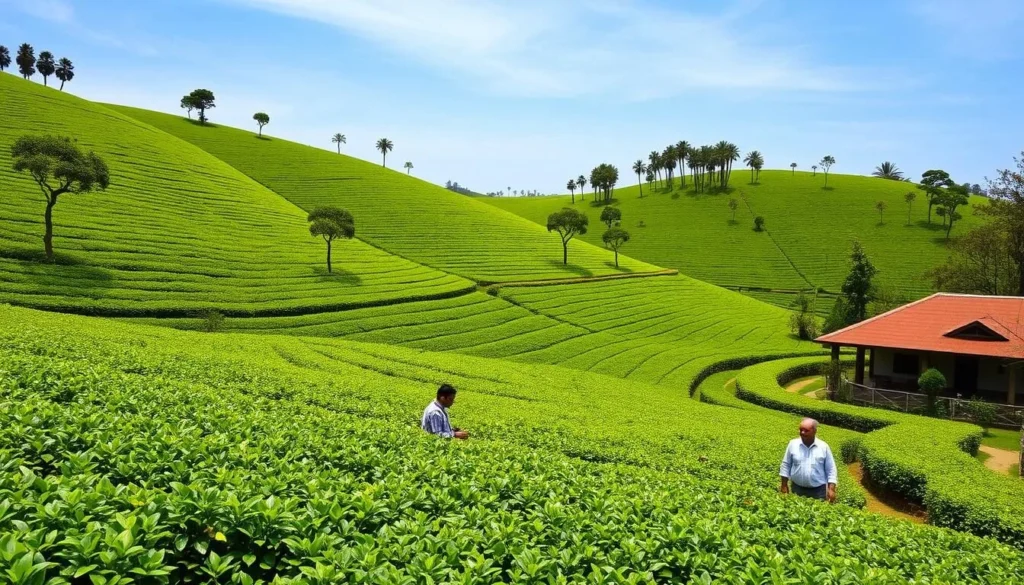
All three destinations can be visited as day trips from Sylhet city. It’s recommended to start early to maximize your time and avoid afternoon crowds.
Local transportation options include hiring a car with a driver, taking local buses, or joining organized tours that combine multiple destinations into a single day trip.
Local Transportation Options in Sylhet
Navigating Sylhet is an adventure in itself, with various local transportation options available to suit every traveler’s needs. The city offers a range of choices to explore its vibrant streets and surrounding attractions.
Getting Around Sylhet City
For short distances within Sylhet city, CNG auto-rickshaws are a popular and affordable option. These three-wheeled vehicles are ubiquitous and can be hailed on almost every street corner. A short trip, such as from Ambarkhana to Zindabazar, typically costs between 30 to 80 BDT, depending on your bargaining skills. It’s essential to agree on the fare before starting your journey, as most drivers don’t use meters. For a more local experience, you can use the local buses, which connect major areas of the city at very economical rates (10-30 BDT per ride).
If you prefer a bit of adventure, renting a bike is a fun way to explore Sylhet. Many places offer bikes for rent at around 500-800 BDT per day. This option allows you to enjoy the scenic views and navigate through the city’s less crowded roads.
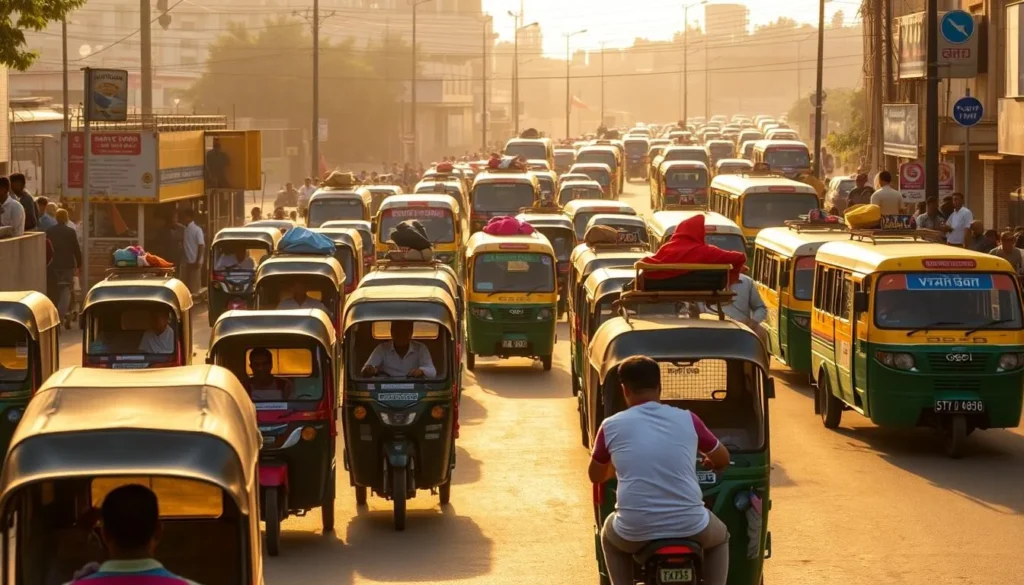
Transportation to Nearby Attractions
For traveling to nearby attractions, several options are available. You can hire a private car with a driver for the day, which is the most comfortable way to explore places outside the city. The cost ranges from 2,500 to 4,000 BDT, depending on the distance and type of vehicle. For budget-conscious travelers, shared jeeps and vans operate from specific terminals in Sylhet to popular destinations like Jaflong, Bisnakandi, and Sreemangal.
Another cost-effective option for groups is to charter a CNG auto-rickshaw for a half-day or full-day trip. This can cost between 600 to 1500 BDT and allows you to create your own itinerary, making it a flexible way to explore nearby places.
By utilizing these local transportation options, you can easily explore Sylhet city and its surrounding attractions, making the most of your travel experience.
Where to Stay in Sylhet
When visiting Sylhet, you have numerous options for where to stay, from luxury hotels to budget-friendly guesthouses. The city offers a range of accommodations to suit every traveler’s needs, ensuring a comfortable stay for everyone.
Luxury Accommodations
For a luxurious and comfortable stay in Sylhet, consider the Grand Sylhet Hotel & Resort. This premium hotel offers top-quality facilities, including a rooftop pool, spa treatments, and a modern gym. You can unwind and take in breathtaking views of the city, or rejuvenate with luxurious spa therapies.
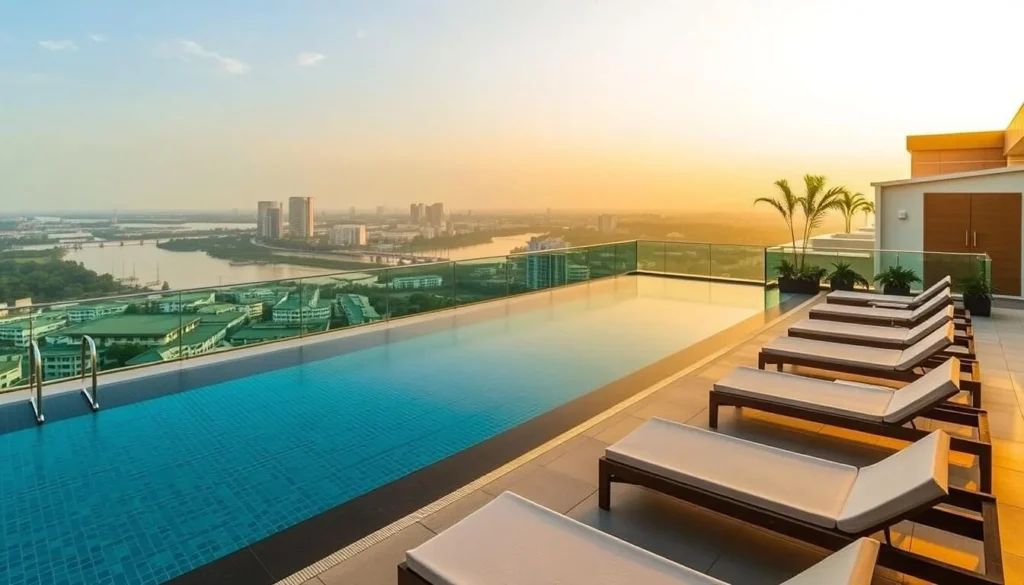
Other upscale options include Rose View Hotel and Hotel Star Pacific, which offer elegant rooms, multiple dining options, and business centers. Tea estate bungalows also provide a unique luxury accommodation experience, where you can stay in colonial-era buildings surrounded by tea gardens.
Budget-Friendly Options
For budget travelers, Sylhet offers clean, basic accommodations at guesthouses and smaller hotels throughout the city. Prices start from around 1,000-1,500 BDT per night for simple but comfortable rooms. Mid-range hotels like Hotel Supreme and Hotel Noorjahan Grand offer comfortable rooms with modern amenities at reasonable prices.
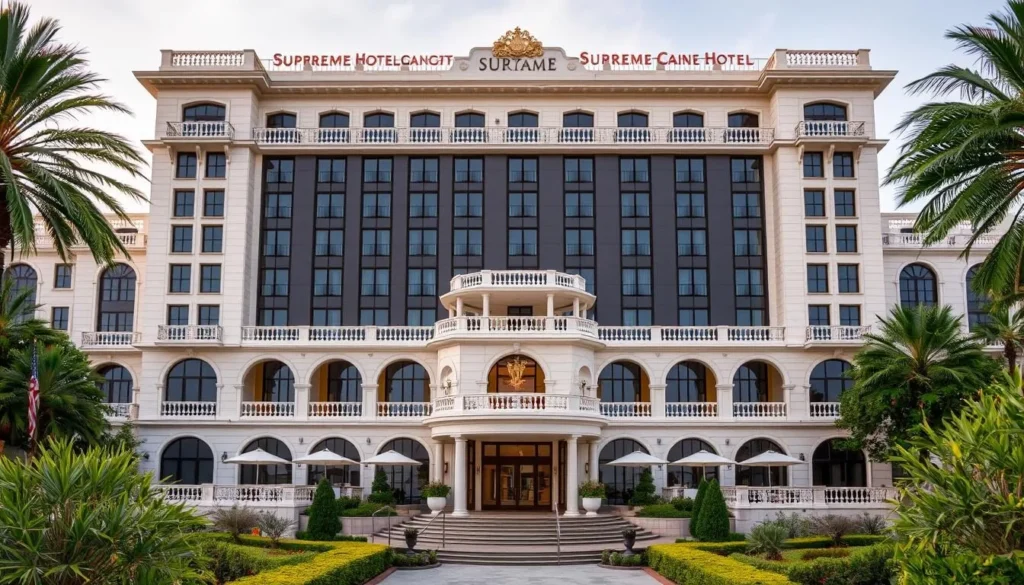
When booking accommodations in Sylhet, consider the location carefully. Staying near Zindabazar puts you close to restaurants and shops, while the Airport Road area offers newer hotels with better facilities but might require transportation to reach the city center.
Sylhet’s accommodation options cater to all kinds of travelers, ensuring a pleasant stay in this beautiful city. Whether you’re looking for luxury, convenience, or affordability, you’ll find a suitable place to stay in Sylhet.
Culinary Delights of Sylhet
As you explore Sylhet, you’ll discover a world of flavors that are as unique as they are delicious. The city’s cuisine is deeply rooted in its culture and history, offering a culinary experience that is both authentic and exciting.
Must-Try Local Dishes
Sylheti cuisine stands out for its distinctive use of citrus flavors, particularly from shatkora, a local citrus fruit that adds a unique tangy taste to meat dishes and curries. You should try shatkora beef curry, piper chutney, and various freshwater fish preparations that showcase the region’s abundant rivers.
Best Restaurants in Sylhet
For an authentic food experience, head to Panshi Restaurant and Pach Vai Restaurant, two of the most famous dining establishments in Sylhet. These restaurants offer a range of local dishes in comfortable settings, attracting people from across Bangladesh.

Street Food Adventures
Sylhet’s streets are full of tasty snacks like shingara, samosa, and jilapi. You can enjoy these for just a few taka at places like Rikabi Bazar, Darga, and Shahi Eidgah. The city offers a vibrant food culture that’s an integral part of life in Sylhet.
In addition to its local cuisine, Sylhet also offers a range of dining options that cater to different tastes and budgets. From upscale hotel restaurants to small local eateries, there’s something for everyone in this vibrant city. Whether you’re looking to indulge in traditional dishes or explore new culinary experiences, Sylhet’s food scene is sure to leave a lasting impression on your taste buds.
Shopping in Sylhet: What to Buy
As you explore Sylhet, you’ll discover a range of shopping delights, from traditional markets to modern retail stores. The city offers a unique blend of local culture and heritage, making it an exciting place to shop.
Traditional Handicrafts and Souvenirs
Sylhet is renowned for its tea, which makes for a perfect souvenir. You can find various grades and types of tea directly from the tea estates or specialty shops in the city. Look for high-quality loose-leaf teas packaged in decorative tins or vacuum-sealed bags, making them ideal gifts.
Handcrafted items made by local artisans showcase the region’s culture and heritage. These include bamboo and cane products, traditional pottery, and handwoven textiles that reflect local craftsmanship passed down through generations.
Best Markets and Shopping Areas
Zindabazar is Sylhet’s main commercial hub and shopping district, where you’ll find everything from modern retail stores to traditional shops selling local products. It’s a convenient one-stop shopping destination.
Bondor Bazar offers a more traditional market experience with narrow lanes filled with shops selling fabrics, spices, jewelry, and everyday items used by locals. It’s perfect for those seeking an authentic shopping adventure in the area.
When shopping in local markets, friendly bargaining is expected and part of the cultural experience. Remember to be respectful and reasonable; start by offering about 60-70% of the initial asking price.
Cultural Experiences in Sylhet
As you explore Sylhet, you’ll discover a region where cultural heritage and natural beauty blend seamlessly, creating unforgettable experiences. The area is home to diverse ethnic communities, including Khasi and Manipuri people, who contribute to the rich cultural tapestry of the region with their traditional practices, handicrafts, and festivals.
Local Festivals and Celebrations
Sylhet’s cultural calendar is filled with vibrant festivals that reflect its diverse heritage. The region celebrates numerous festivals throughout the year, with Eid being the most significant for the Muslim majority. During Eid, the city transforms with decorations, special prayers, festive meals, and community gatherings. The Bengali New Year (Pohela Boishakh) in April is another significant celebration, where Sylhet comes alive with colorful processions, traditional music performances, and special cultural programs showcasing the region’s artistic heritage.
- The Manipuri community in Sylhet is known for its graceful dance traditions and distinctive textiles, offering visitors a chance to experience a different cultural dimension within Bangladesh.
- Tea garden communities have their own cultural traditions, with harvest festivals and dance performances that reflect their connection to the land and the tea cultivation that has defined the region for generations.
- Religious sites like the shrines of Shah Jalal and Shah Paran host special events throughout the year, including urs celebrations that commemorate the death anniversaries of these saints with prayers, qawwali music, and community meals.
Interacting with Sylhet’s Diverse Communities
Engaging with local communities can be a rewarding experience in Sylhet. You can participate in homestay programs, guided village tours, or visit cultural centers where traditional crafts and performing arts are preserved and shared with visitors. The Khasi villages in the hills around Sylhet provide opportunities to learn about this matrilineal society’s unique customs, traditional architecture, and sustainable living practices that have been maintained for centuries.
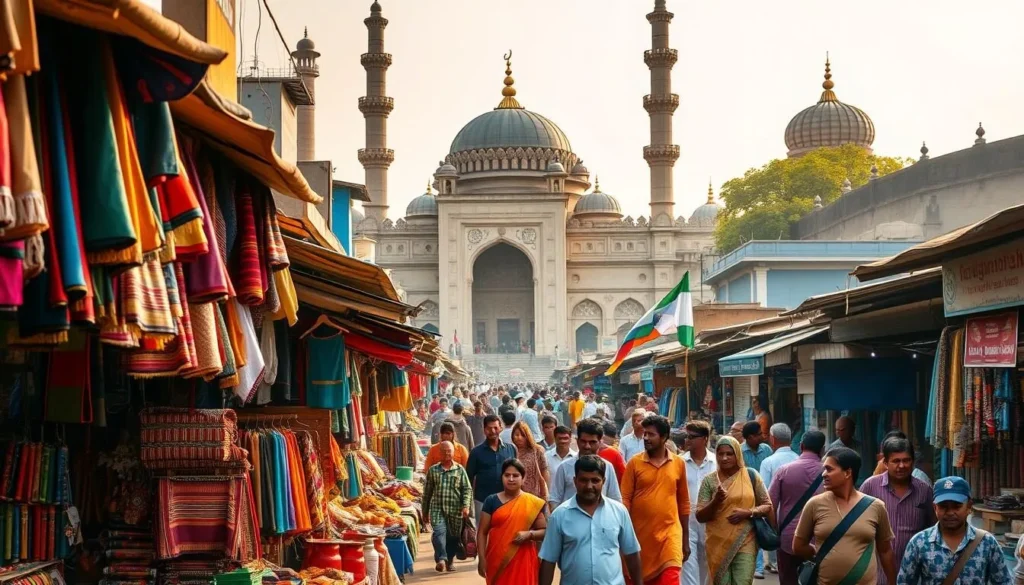
By immersing yourself in Sylhet’s culture, you’ll gain a deeper understanding of the region’s history and the people who call it home. Whether you’re attending a local festival, visiting a tea garden, or simply interacting with the community, your experience in Sylhet will be enriched by its vibrant cultural landscape.
Adventure Activities in Sylhet
For those looking for an adrenaline rush, Sylhet provides a variety of adventure activities that showcase its natural beauty. From serene boat rides to challenging hiking trails, Sylhet is a destination that promises an unforgettable experience.
Boat Rides and River Experiences
Sylhet offers several opportunities for boat rides and river experiences that allow you to explore its natural beauty. You can take a boat ride across the lake for an even more enchanting experience as you glide across the smooth surface, surrounded by the stillness of nature.
- Boat rides on Ratargul Swamp Forest offer one of Sylhet’s most unique adventure experiences, where traditional wooden boats glide through flooded forests creating an otherworldly atmosphere.
- The Piyain River in Jaflong and Bisnakandi provides exciting boat adventures where visitors can navigate between massive boulders and enjoy the crystal-clear waters while taking in views of the Khasi Hills.
- For a more peaceful boating experience, Madhabpur Lake offers serene surroundings where you can rent paddle boats or take guided tours to spot wildlife along the shoreline.
Hiking and Trekking Opportunities
Sylhet is also a haven for hiking and trekking enthusiasts, with numerous trails in the hills surrounding the area. These trails offer routes of varying difficulty that lead to viewpoints overlooking tea gardens, valleys, and neighboring hills of India.
- The trek to Hum Hum Waterfall is one of the most challenging but rewarding adventures in the region, requiring a 4-5 hour hike through dense forest and rocky terrain.
- Lawachara National Park offers well-maintained hiking trails suitable for all fitness levels, where you can spot wildlife including the endangered hoolock gibbons.
- For those seeking cultural adventure, hikes to remote Khasi villages in the hills provide opportunities to experience traditional lifestyles and unique architecture.
Whether you’re looking for a relaxing boat ride or an exhilarating hike, Sylhet has something to offer for every kind of adventure seeker. With its diverse landscapes and activities, Sylhet is a perfect destination for those who love nature and experience new things.
Practical Travel Tips for Visiting Sylhet
Traveling to Sylhet can be a rewarding experience if you’re well-prepared with the right information and precautions. As you plan your visit, considering the time of year and the place you’re visiting can greatly impact your trip.
Safety and Health Considerations
When traveling to Sylhet, it’s crucial to be mindful of your safety and health. The city is generally safe for visitors, but taking standard precautions is always recommended. This includes avoiding isolated areas after dark and keeping valuables secure.
- Drink only bottled or purified water to avoid waterborne illnesses.
- Use insect repellent, especially during dawn and dusk, to prevent insect-borne diseases.
- Carry basic medications for stomach issues, as medical facilities outside the city center may be limited.
- Dress respectfully, covering shoulders and knees, as Bangladesh is a conservative Muslim country.
Being aware of these health considerations can significantly enhance your travel experience in Sylhet.
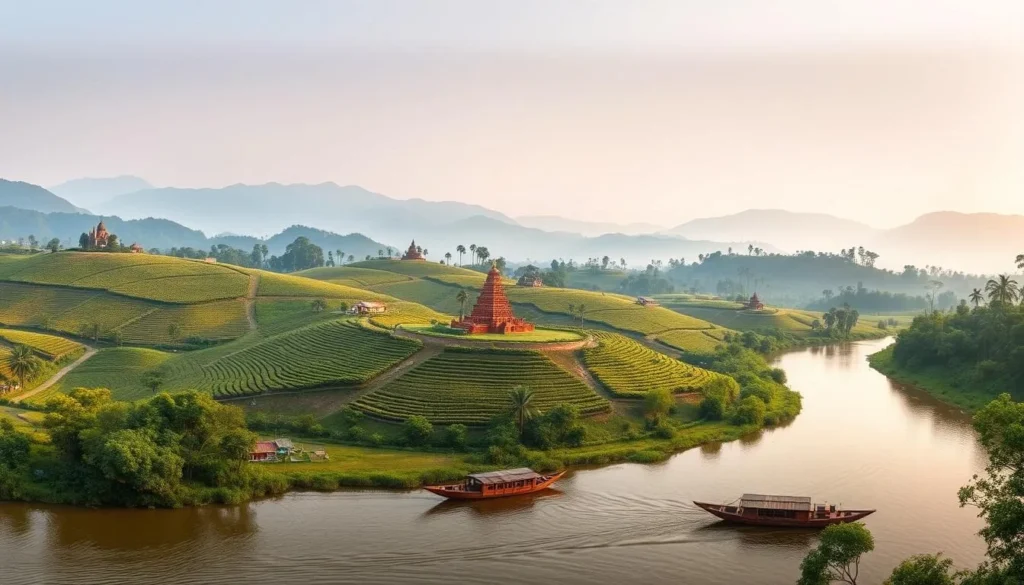
Budget Planning and Money Matters
Planning your budget is a critical aspect of travel to Sylhet. Understanding the local currency and having sufficient cash is important, especially when venturing to rural areas where ATMs may be scarce.
| Travel Style | Daily Budget (BDT) | Inclusions |
|---|---|---|
| Budget Traveler | 2,000-3,000 | Accommodation, food, local transportation |
| Mid-range Traveler | 5,000-7,000 | Better accommodations, dining options |
To save money, consider traveling in groups to share transport costs, visit during off-peak seasons for better hotel rates, and politely negotiate prices for services and souvenirs. By being mindful of your expenses and making informed choices, you can enjoy the activities Sylhet has to offer without breaking the bank.
Conclusion: Making the Most of Your Sylhet Adventure
With its unique blend of natural attractions and cultural landmarks, Sylhet is a treasure trove for travelers. As you explore this enchanting region, you’ll discover a perfect blend ofnatural beauty,cultural heritage, and authentic experiences that make it one of Bangladesh’s most rewardingdestinations.
To truly experience Sylhet, consider spending at least 3-4 days in theregionto balance city exploration with day trips totea gardens, natural attractions, and cultural sites. This will allow you to gain a deeper understanding of Sylhet’s diverse character without feeling rushed.
As you wander through the lushtea gardens, visit the sacred shrines, and engage with the localculture, you’ll find that Sylhet’s charm lies in its unhurried pace oflife. Be sure to take time to simply absorb the atmosphere, whether it’s watching the mist rise over theteagardens at dawn or enjoying a cup of localteaat a roadside stall.
Sylhet offers a wide range ofactivitiesfor visitors, from trekking and hiking to exploring local markets and trying authentic regional cuisine. By engaging with the localpeopleand participating inculturalactivities, you’ll enrich yourexperienceand create lasting memories of your visit to this beautifulplacein Bangladesh.
As you leave Sylhet, you’ll take with you not just memories of beautiful landscapes and historic sites, but also a deeper appreciation for aregionthat represents Bangladesh at its most diverse and captivating. With its unique blend ofnature,culture, andbeauty, Sylhet is adestinationthat will stay with you long after your trip is over.
The above is subject to change.
Check back often to TRAVEL.COM for the latest travel tips and deals.
